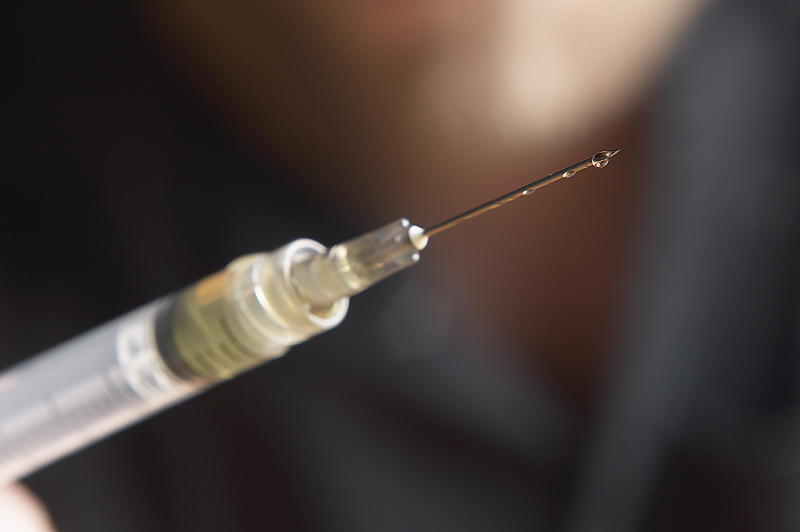
WEDNESDAY, Feb. 8 (HealthDay News) — Taking short breaks while exercising, or “intermittent” exercise, is an effective way to improve insulin sensitivity and blood sugar control in people with type 2 diabetes, according to a new British study.
The researchers also found that exercising in a low-oxygen (hypoxic) environment improves blood sugar control more than intermittent exercise alone.
The study results were released online in advance of publication in the April print issue of the Journal of Clinical Endocrinology & Metabolism.
Previous studies have focused on how continuous aerobic exercise and resistance exercise affect blood sugar (glucose) in people with type 2 diabetes. Few studies have assessed the effects of intermittent exercise, the researchers said.
“Current guidelines suggest that health benefits can be gained when patients with type 2 diabetes spend 30 minutes exercising each day, but published data has failed to show intermittent exercise to be effective,” lead author Richard Mackenzie, of the University of Westminster in London, said in a news release from the Endocrine Society.
“Here we have shown that intermittent exercise seems to improve the glucose profiles of type 2 diabetics with a greater positive effect when intermittent exercise is combined with mild hypoxia, similar to doing the exercise at altitudes of 2,500 meters” (more than 8,000 feet), he added.
The study included eight men with type 2 diabetes who did three types of exercise routines: 60 minutes of continuous exercise in a low-oxygen environment; intermittent exercise in a low-oxygen environment; and intermittent exercise in a normal oxygen environment. Those in the intermittent groups had periodic 5-minute rest breaks.
The researchers found that both intermittent and continuous exercise with and without hypoxia led to improvements in the patients’ insulin sensitivity.
“A combination of moderately reduced oxygen levels with exercise can significantly improve the body’s ability to respond to insulin in type 2 diabetic patients over exercise alone,” Mackenzie said in the news release. The findings suggest that it may be possible to use exercise in a low-oxygen environment for treatment of type 2 diabetes, he added.
More information
The American Diabetes Association has more about exercise.

